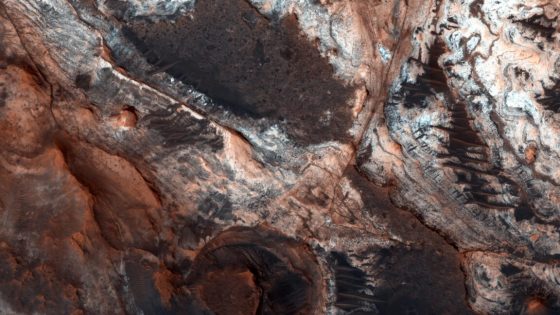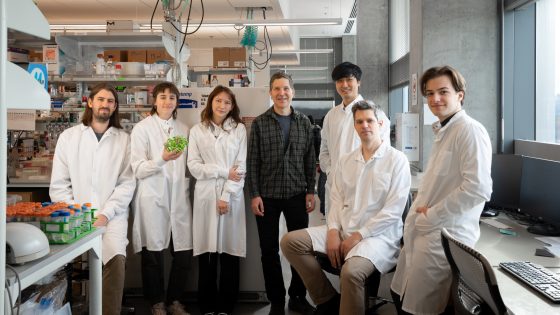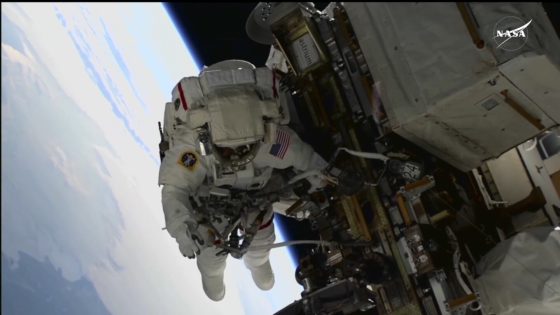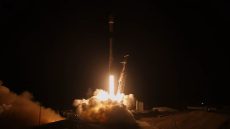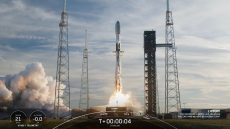Turning the Moon into a fuel depot is a fascinating concept that could revolutionize space travel. As of February 18, 2025, researchers are exploring how to harness lunar resources, particularly water and regolith, to produce rocket fuel. But what does this mean for future missions?
- Water can be split for rocket fuel.
- Moon's water availability remains uncertain.
- Regolith is abundant on the Moon's surface.
- Ilmenite is used for oxygen extraction.
- Proposed system combines ilmenite and hydrogen.
- Oxygen produced can be used in rockets.
Exploring Lunar Resources for Rocket Fuel Production
How can we turn the Moon into a viable fuel source? Researchers are focusing on extracting oxygen from abundant lunar materials. This could pave the way for sustainable space travel.
Utilizing Regolith and Water for Sustainable Space Missions
The Moon’s surface is rich in regolith, a dust-like material formed by constant impacts. This regolith contains minerals that can be processed to extract oxygen, a key component of rocket fuel. But how does this process work?
- Regolith is abundant and contains oxygen-rich minerals.
- Oxygen can be extracted from ilmenite, a mineral found in regolith.
- Hydrogen is combined with ilmenite at high temperatures to produce water and oxygen.
- The resulting oxygen can be used as rocket fuel for future lunar missions.
How Ilmenite Can Help Us Harvest Oxygen
Ilmenite (FeTiO3) is a mineral that offers a promising method for extracting oxygen. Although not the easiest option, it is well understood and has been researched since the 1970s. By using high temperatures, researchers can separate oxygen from ilmenite, producing water in the process. This water can then be split to recycle hydrogen back into the system, ensuring a continuous supply of fuel.
The Future of Lunar Fuel Production and Space Exploration
As the US aims for more ambitious lunar missions, developing infrastructure to produce rocket fuel on the Moon is essential. This approach not only reduces the need to transport fuel from Earth but also makes missions more sustainable. By using local resources, astronauts can focus on exploration rather than logistics.
In conclusion, transforming the Moon into a fuel depot could significantly impact future space missions. By harnessing lunar regolith and water, we can create a sustainable fuel source that supports exploration and research beyond our planet.





